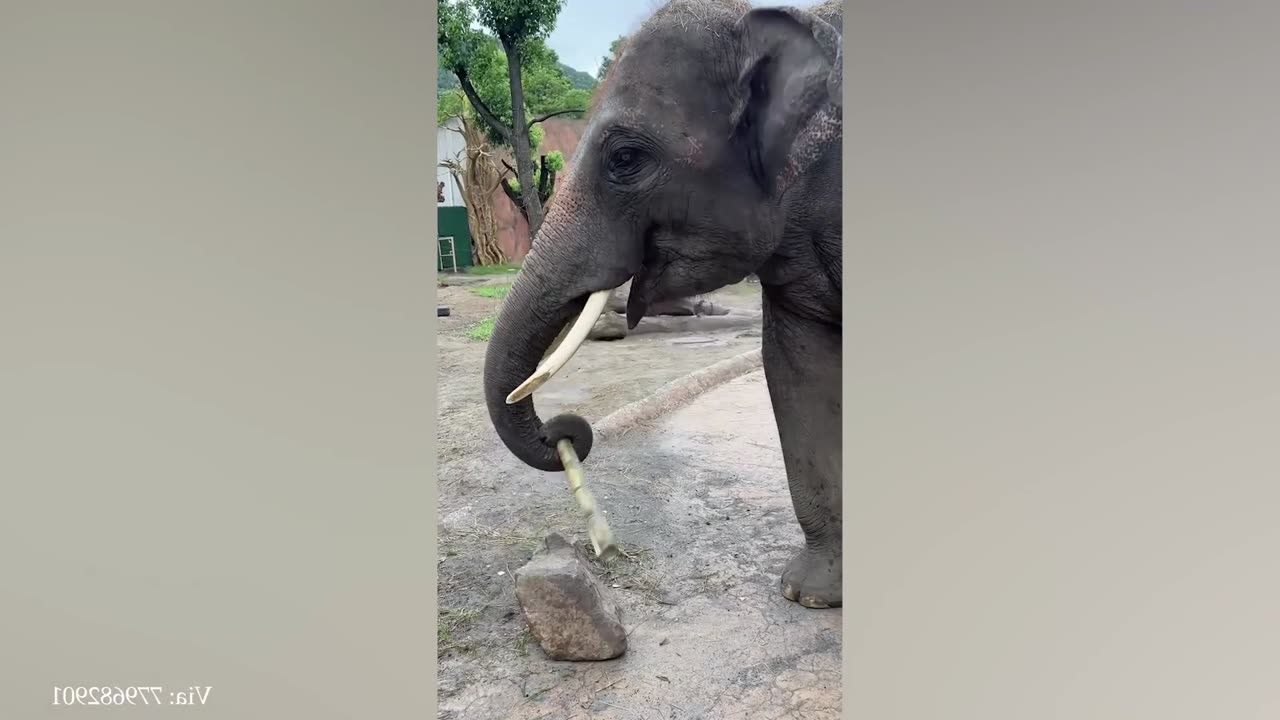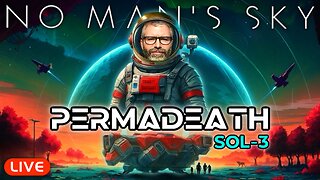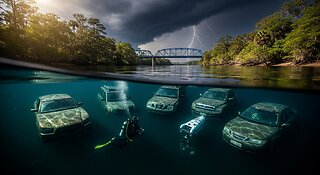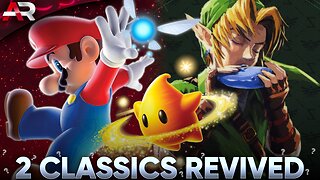Premium Only Content

funny elephant
funny elephant
1. Multicellular Structure: Animals are made up of multiple cells organized into tissues and organs. Unlike single-celled organisms, they have specialized cells for various functions.
2. Heterotrophic Nutrition: Animals cannot produce their own food through photosynthesis like plants do. They rely on consuming other organisms, either plants, other animals, or both, for their energy and nutrients.
3. Mobility: Most animals are capable of some form of movement during at least one stage of their life cycle. Movement is often facilitated by muscles and a nervous system, allowing them to respond to their environment.
4. Sexual Reproduction: Most animals reproduce sexually, where two individuals (male and female) contribute genetic material to produce offspring. However, there are exceptions, such as asexual reproduction in some species.
5. Complexity and Specialization: Animals exhibit a wide range of complexity, from simple organisms with only a few cell types to highly complex organisms with intricate organ systems. They have specialized structures and functions that help them adapt to their specific environments and lifestyles.
6. Biodiversity: Animals come in various shapes and sizes. There are mammals, birds, reptiles, amphibians, fish, insects, and many other groups, each with unique characteristics and adaptations that enable them to survive in different habitats.
7. Ecological Importance: Animals play crucial roles in ecosystems. They contribute to pollination, seed dispersal, decomposition, and maintaining the balance of food chains and ecosystems.
8. Domestication and Companionship: Humans have domesticated several animal species for various purposes, including agriculture, transportation, companionship, and as sources of food and clothing.
-
 2:34:20
2:34:20
Barry Cunningham
6 hours agoPRESIDENT TRUMP WELCOMES FOOTBALL SEASON! AND MORE BREAKING NEWS!
40.4K33 -
 LIVE
LIVE
SilverFox
1 hour ago🔴LIVE - No Man's Sky HUGE UPDATE - PERMADEATH - Sol 3
84 watching -
 LIVE
LIVE
Mally_Mouse
9 hours ago🔥🍺Spicy HYDRATE Saturday!🍺🔥-- Let's Play: Baldur's Gate!
247 watching -
 2:26:32
2:26:32
BooniesHQ
5 hours agoGame Of SKATE Shaun Hover Vs. Jeff DeChesare: Boonies Skate Night 1
86.4K2 -
 LIVE
LIVE
a12cat34dog
3 hours agoTHIS GAME IS AMAZING :: METAL GEAR SOLID Δ: SNAKE EATER :: THEY CAN'T SEE US {18+}
58 watching -
 LIVE
LIVE
RamrodJenkins
3 hours agoI'm back! Gears of War time!
55 watching -
 17:08
17:08
Exploring With Nug
1 day ago $1.38 earnedMassive Thunderstorm Hits During Search for Missing Georgia Woman!
12.5K1 -
 LIVE
LIVE
GritsGG
10 hours agoRumble Customs! 3515 Ws! 🫡!
93 watching -
 LIVE
LIVE
ManoloCalifas
1 hour ago🔴 LIVE - DARK SOULS III SEAMLESS CO-OP
12 watching -
 21:20
21:20
AndresRestart
3 hours ago $0.27 earnedNintendo's GENIUS Mario & Zelda 40th Anniversary Plan!?
6.25K2